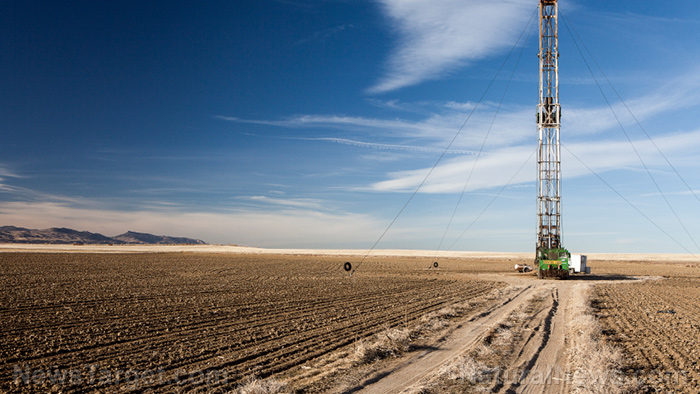
According to the EIA, there has been significant growth in natural gas production over the last 10 years. In particular, the Marcellus and Utica shales in the Appalachian Basin have managed to increase the so-called gross natural gas output in the three states of Ohio, Pennsylvania, and West Virginia.
Data from the EIA shows that the natural gas production in the three above-mentioned states have increased from a combined output of only 1.4 billion cubic feet per day (bcf/d) in the year 2008 to almost 24 bcf/d in the year 2017. When combined, the output of all three represents 27 percent of all natural gas production in the U.S., which saw an increase of only two percent from 2008. Over the same time period, the consumption of natural gas in these three states has also increased, albeit to a much lesser extent in terms of percentages.
The EIA notes that almost all of the recent growth in the natural gas sector, as far as these three states are concerned, have been in the electric power sector. To be more specific, the natural gas consumption for the three states is said to have increased from just 0.5 billion cubic feet per day (bcf/d) in 2008 to 1.9 bcf/d in 2017. This is based on data gathered from 2008 to October of last year. Some reasons cited for the increased utility of natural gas for electricity generation in these regions include the retirement of coal plants, better usage of existing natural gas-fired plants, and the addition of natural gas-fired electricity generating capacity.
The reported increases in production of natural gas as shown in the data presented by the EIA marks a drastic improvement, since prior to 2011, the production levels in the three states were known to be lower than demand. At the time, interstate pipelines were needed to move natural gas into the area from outside locations such as production areas in the Gulf Coast. Right now, existing pipelines have already been modified in order to transport natural gas out of Appalachia, and new pipelines were also installed to link Appalachian supply to so-called downstream markets.
The EIA report goes on to state that Appalachian production of natural gas has now started displacing Gulf Coast supply, and that this has resulted in freeing up additional production for export by pipelines as liquefied natural gas (LNG). Meanwhile, direct pipeline interconnections are being planned to make Appalachian natural gas reach Dominion Energy's Cove Point LNG Terminal, which is currently undergoing commissioning on the coastline of Maryland. Cove Point is said to be designed to process an average of 0.75 bcf/d of liquefied natural gas for export and is expected to become serviceable some time in 2018.
Natural gas clearly has a long way to go to compared with other renewable energy sources, but at least this reported increase in its usage shows that it has great potential in the coming years.
Learn more about alternative energy sources in Power.news.
Sources include:
Please contact us for more information.























